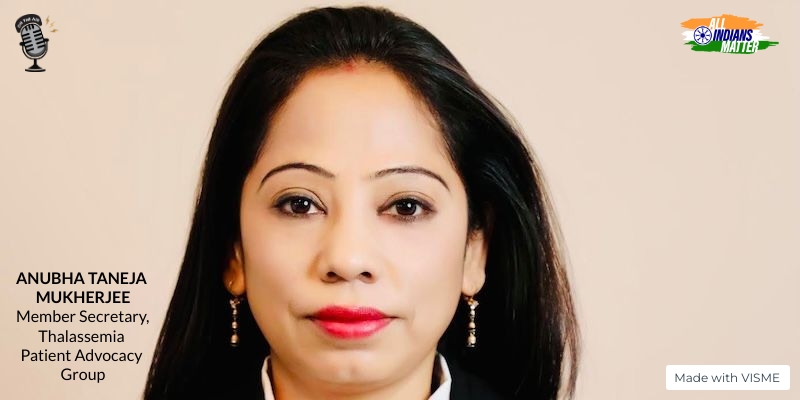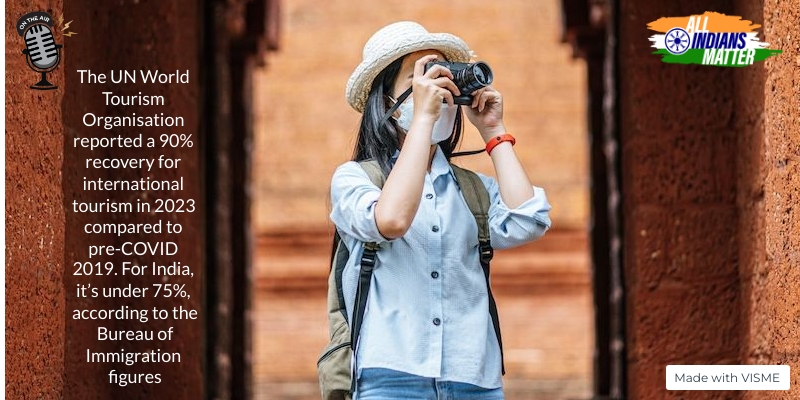Ashraf Engineer
March 5, 2022
Hello and welcome to All Indians Matter. I am Ashraf Engineer.
The tragic death of Zain, the son of Microsoft CEO Satya Nadella, has put the focus on cerebral palsy. Zain was born with the condition, which hinders movement and posture, can cause intellectual disability, seizures and unusual physical sensations. It is said to affect 15%-20% of physically disabled children in India and its estimated incidence is three in 1,000 live births. Cerebral palsy is the most common motor disability in childhood, yet awareness levels about it are abysmally low. This is compounded by the poor state of healthcare, especially in rural and semi-urban areas. What exactly is cerebral palsy? What are its causes? And how can it be managed and prevented?
SIGNATURE TUNE
Cerebral palsy is a lifelong condition caused by non-progressive damage to the infant brain. It impacts, of course, the developmental trajectory of children but also has a profound effect on their families. So, at the musculo-skeletal level, individuals can exhibit impairments in joint motion, muscle tone and reflexes. It is caused by damage or abnormal development in the parts of the brain that control movement. This damage can happen before, during or shortly after birth or in the first few years of childhood when the brain is still developing.
The symptoms go well beyond what you can see outwardly. For example, those with cerebral palsy may face challenges in communicating, learning, sensory perception, cognition, behaviour, and they may experience seizures.
This is a complex and debilitating condition that puts a tremendous economic and caregiving burden on families of individuals with cerebral palsy. They have to not just dedicate themselves to caregiving, they require strong support on the healthcare, education and social services fronts.
While accurate counts are not available, some studies estimate that In India about five lakh children have cerebral palsy. And they face severe challenges in their daily lives. Most schools don’t admit children with disabilities and special educators are rare. Public areas are not disabled-friendly, meaning they don’t have ramps and other accessibility features.
There is also a vast gulf between urban and rural India. Maternal and infant mortality is high in rural areas and care during childbirth is of a low standard. With even basic healthcare lacking, rehabilitation and care for neurological disorders is not a high priority.
I want to touch upon societal attitudes towards cerebral palsy too. Social attitudes, cultural beliefs and the lack of awareness are all stacked against the families and caregivers. And it’s not just about managing the condition but also how those with it participate in things like play, classrooms, family engagements, etc. All this makes the incorporation of the environmental context in caregiving and policy vital.
I want to talk about caregivers too. Other than financial and physical, there is a great psycho-social burden too. For instance, the heavy physical activity leads to mothers suffering from fatigue, aches and pains. And also a feeling of guilt; they blame themselves for their child’s condition. Don’t forget they often have to balance family and work, and fend off social stigma. This is especially true of low- and middle-income families. Many of these women are single mothers and therefore also the principal earners. I can only imagine what they’re dealing with.
It gets even worse in troubled homes where all this is made worse by their husbands’ alcoholism or domestic violence. At the community level, mothers often cite discrimination and lack of participation in social events. There is no platform for interaction with other mothers and social welfare services are non-existent.
So, what can be done to reduce the risks of a child developing cerebral palsy and how can it be managed or treated?
First, experts advise that parents should ensure that the child is fully vaccinated against all common infections. Never handle the child in a manner that can deliver any physical trauma, such as shaking them, and do not leave them unattended when they can fall from a height, such as on a table or chair. Remember, cerebral palsy is not only caused by head injuries during early childhood but can also be the result of complications during pregnancy and delivery. So, the expectant mother needs good care and nutrition. This is critical for the foetus’ brain development. Good birthing facilities and post-delivery care are also strong preventive measures.
While there is no specific medicine for the condition, patients might need physical, occupational or recreational therapy.
I want to end with how all of us should interact with persons with cerebral palsy. Most such interactions tend to be awkward and uncomfortable, largely because we don’t know the right way. Here are a few things to keep in mind:
- The condition affects the ability to control muscles. So, many people hesitate to offer a hand when greeting an affected person. Don’t let that hold you back. Start with a good greeting, just as you would with any other person, and give them a chance to shake your hand
- Speak directly to them. Many people feel uncomfortable speaking or asking questions to those with cerebral palsy. So, they land up addressing only the people around them. This is insensitive. Individuals with the condition want human interaction just as much as the next person. If they’re adults, talk to them as adults. Give them the same respect
- A good conversation isn’t just about speaking. It also means listening attentively. Some of those with cerebral palsy have a tougher time communicating, and it may be tougher to understand them. Simply ask them to repeat themselves; don’t try to complete their sentences or assume what they’re trying to say. Again, treat them with the respect they deserve
Remember, they are people first. They should be treated the same way you would your friends or family members.
As I said earlier, there is no known full cure. But empathy and an open heart may be the closest thing there is to it.
Thank you all for listening. Please visit allindiansmatter.in for more columns and audio podcasts. You can follow me on Twitter at @AshrafEngineer and @AllIndiansCount. Search for the All Indians Matter page on Facebook. On Instagram, the handle is @AllIndiansMatter. Email me at editor@www.allindiansmatter.in. Catch you again soon.






